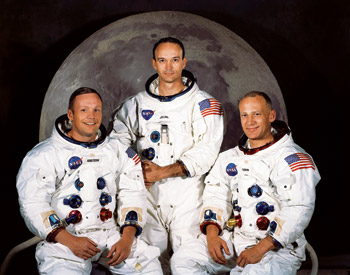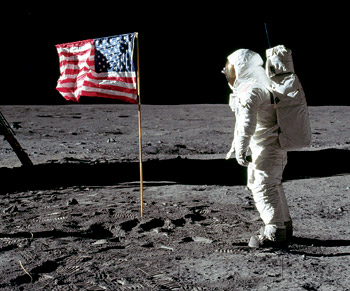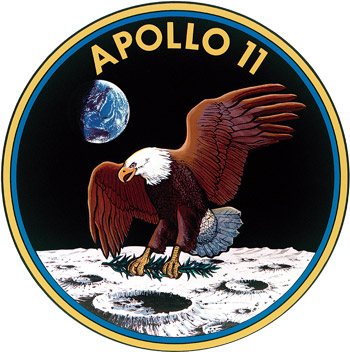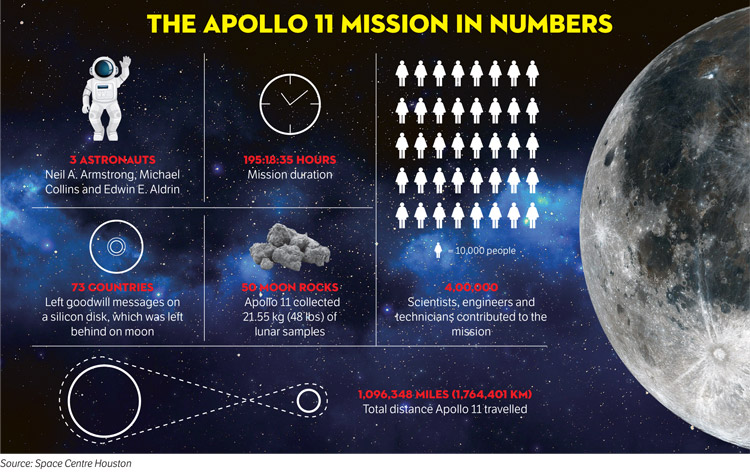INDIAN ARMED FORCES CHIEFS ON OUR RELENTLESS AND FOCUSED PUBLISHING EFFORTS

The insightful articles, inspiring narrations and analytical perspectives presented by the Editorial Team, establish an alluring connect with the reader. My compliments and best wishes to SP Guide Publications.

"Over the past 60 years, the growth of SP Guide Publications has mirrored the rising stature of Indian Navy. Its well-researched and informative magazines on Defence and Aerospace sector have served to shape an educated opinion of our military personnel, policy makers and the public alike. I wish SP's Publication team continued success, fair winds and following seas in all future endeavour!"

Since, its inception in 1964, SP Guide Publications has consistently demonstrated commitment to high-quality journalism in the aerospace and defence sectors, earning a well-deserved reputation as Asia's largest media house in this domain. I wish SP Guide Publications continued success in its pursuit of excellence.
- The layered Air Defence systems that worked superbly, the key element of Operation Sindoor
- Operation Sindoor | Day 2 DGMOs Briefing
- Operation Sindoor: Resolute yet Restrained
- India's Operation Sindoor Sends a Clear Message to Terror and the World – ‘ZERO TOLERANCE’
- Japan and India set forth a defence cooperation consultancy framework, talks on tank and jet engines
Half-A-Century into Man’s Maiden Encounter with the Moon’s ‘Magnificent Desolation’
In 1969, a giant leap was taken by science, humankind and aerospace exploration when for the first time in history men walked on the surface of the Moon, Earth’s only natural satellite. We at SP’s look back at what the mission was and how 50 years of this historic feat are being celebrated.



It is not very often that you look up to the moon shining bright in the night sky not to find expressions in its craters but to know that a fellow human is actually taking a walk on its surface. However, in 1969 this surreal moment was indeed experienced by an estimated 650 million people. 50 years ago, humankind had a literally out of the world experience in its truest form when men landed on the lunar surface leaving footprints to be etched forever.
As writes NASA (National Aeronautics and Space Administration), “On July 20, 1969, humans walked on another world for the first time in history, achieving the goal that President John F. Kennedy had set in 1961 before Americans had even orbited the Earth”. When the President announced this, not enough was even known about the lunar surface and its geology yet eight years hence, the ‘giant leap’ was successfully taken. As NASA managed to accomplish this challenge with the Apollo programme, a way was paved for expeditions beyond our home planet. Apollo was the NASA programme that resulted in American astronauts’ making a total of 11 spaceflights and walking on the moon.
The lunar landing mission with a crew aboard and a safe return back to the Earth included dodging a lunar crater and boulder field, exploring the area around the lunar landing site, collecting soil and rock samples, setting up experiments, planting an American flag and leaving behind medallions and a commemorative plaque signed by President Richard M. Nixon and the three astronauts that stated, “We came in peace for all mankind.”
Seated atop the three-stage 363-foot rocket, Saturn V, at Launch Complex 39A at the Kennedy Space Center, Apollo 11 astronauts Commander Neil Armstrong, Command Module Pilot Michael Collins and Lunar Module Pilot Edwin “Buzz” Aldrin were ready to reach the moon.
THE MISSION
The central focus of the mission remained to perform crewed landing on the moon’s surface and a safe return to the Earth. But there were other objectives too that included exploration of the lunar surface by the crew as well as the lunar module called the Eagle.
On July 16, 1969, Apollo 11 was launched from Cape Kennedy into an initial Earth-orbit of 114 by 116 miles.

At about 109 hours, 43 minutes into the flight, history was made as the first human footstep on the lunar surface was taken by Armstrong while he echoed, “A small step for a man, a giant leap for mankind”. He was followed by Aldrin 20 minutes later and about half an hour later the astronauts had a word with President Nixon by telephone link.
On July 18, Armstrong and Aldrin climbed from the Command Module, Columbia, to Eagle and the next day came the first lunar orbit insertion maneuver.
On July 20, both the astronauts entered the Lunar Module again and ‘at 100 hours, 12 minutes into the flight, the Eagle undocked and separated from Columbia for visual inspection’.
Post 102 hours, 45 minutes, the Eagle landed in the Sea of Tranquility region of the moon. Occurring almost one-and-a-half minutes earlier than scheduled, the touchdown included a powered descent that ran a mere nominal 40 seconds longer than preflight planning due to translation maneuvers to avoid a crater during the final phase of landing. Almost four hours later, Armstrong appeared from the Eagle and deployed the TV camera for the transmission of the event to Earth.
At about 109 hours, 43 minutes into the flight, history was made as the first human footstep on the lunar surface was taken by Armstrong while he echoed, “That’s one small step for a man, one giant leap for mankind.” He was followed by Aldrin 20 minutes later and about half an hour later the astronauts had a word with President Nixon by telephone link.
NASA also recalls that commemorative medallions bearing the names of the three Apollo 1 astronauts who lost their lives in a launchpad fire and two cosmonauts who also died in accidents were left on the moon’s surface. A one-and-a-half-inch silicon disk, containing microminiaturized goodwill messages from 73 countries, and the names of congressional and NASA leaders also stayed behind.
Armstrong and Aldrin spent 21 hours, 36 minutes on the surface of the moon and about two-and-a-half hours from this entire time was invested in the EVA (Extra-vehicular Activity) phase. After spending one hour, 33 minutes on the surface, Aldrin who aptly described his surroundings while on the moon as a ‘magnificent desolation’ re-entered the Eagle, followed by Armstrong, 41 minutes later.
The ascent stage engine was fired at 124 hours, 22 minutes and the tans-Earth injection of the CSM (command and service modular) began on July 21. Following this, the astronauts slept for about 10 hours. 44 hours after leaving lunar orbit, the re-entry procedures were initiated on July 24.
After a flight of 195 hours, 18 minutes, 35 seconds – about 36 minutes longer than planned – Apollo 11 splashed down in the Pacific Ocean on July 24, 1969, 13 miles from the recovery ship USS Hornet. Because of bad weather in the target area, the landing point was changed by about 250 miles.
As reported by NASA, in a post-flight press conference, Armstrong calls the flight “a beginning of a new age,” while Collins talks about future journeys to Mars. Over the next three and a half years, 10 astronauts followed in their footsteps.
CELEBRATIONS THEN
The samples collected from the moon were carefully analysed in quarantine and the astronauts were straight kept in quarantine for 21 days in a Mobile Quarantine Facility (MQF) to avoid any ‘moon plague’. They had collected 47 lbs of moon rocks and had taken 166 pictures.
On July 26, Hornet arrived on Pearl Harbor with the astronauts in the MQF and Columbia to be greeted by as many as 2,500 well-wishers. President Nixon welcomed home the Apollo 11 astronauts, sealed in the MQF and spoke to them through telephone. The celebrations within the NASA mission control room were unmatched but were shared by citizens around the globe with newspapers, radio, televisions, and documents, flooded with this historic mission.

50 YEARS LATER, CELEBRATIONS CONTINUE
From Google Doodle bringing the world’s attention to 50 years of the historic Apollo 11 mission, to public screenings and real-time videos of the mission to many other events that included exhibits, speakers, demonstrations, interviews, documentaries and a host of fun activities, the entire world celebrated 50 years since the first human set a foot on Earth’s sole natural satellite, the Moon.
- NASA states that the logo for the 50th anniversary of Apollo 11’s moon landing gives a nod to the past with a few elements borrowed from the original Apollo programme emblem, and a glimpse into the future with a graphic depiction of NASA’s vision for the next half-century of deep space exploration. The arc through the word “Apollo” represents Earth’s horizon, as seen from a spacecraft.
- NASA offered various interesting opportunities to celebrate the 50th anniversary of the historic Apollo 11 Moon mission with the agency and look to the future of exploration on the Moon and Mars.
- NASA and the Smithsonian National Air and Space Museum hosted the Apollo 50 Festival, a free three-day event on the National Mall in Washington that comprised of exhibits, speakers, demonstrations and a host of fun activities. NASA researchers, scientists, and engineers showcased NASA’s newest technologies and innovations during the festival.
- Throughout the summer, Cherry Crest Adventure Farm in Lancaster, Pennsylvania, is presenting an Apollo-themed corn maze for tourists.
- The US Postal Service celebrated the 50th anniversary of Apollo 11 and humanity’s first steps on the Moon with two Forever stamps.
- NASA and the Armstrong Air & Space Museum in Wapakoneta, Ohio, built to honor Wapakoneta’s own Neil Armstrong and other Ohioans in space exploration marked the anniversary with festivities including a 5k and 10k Run to the Moon with NASA astronauts, space inflatables, interactive STEM activities, rocket launches, and more.
- NASA also collaborated with the Kennedy Center for the Performing Arts in Washington and the National Symphony Orchestra Pops on a musical and visual tribute to the 1969 Moon landing.
- New York’s Metropolitan Museum of Art displayed over 170 photographs along with related drawings, prints, paintings, films, video art, astronomical instruments, and cameras used by Apollo 11 astronauts.
- Omega, whose watches were used during the actual mission by the astronauts unveiled limited-edition Speedmaster watches that celebrate 50th anniversary of the Moon landing.
- Airbnb Invited travelers to stay at five “interstellar” homes around the globe—for just $11 a night. From a handmade rocket ship in New Zealand to a futuristic flying saucer in the United Kingdom, these one-of-a-kind dwellings promise to transport voyagers to a galaxy far, far away—without having to leave Earth.
- A Hawaii brewer apparently used space dust to create an ‘Interplanetary Ale’.





